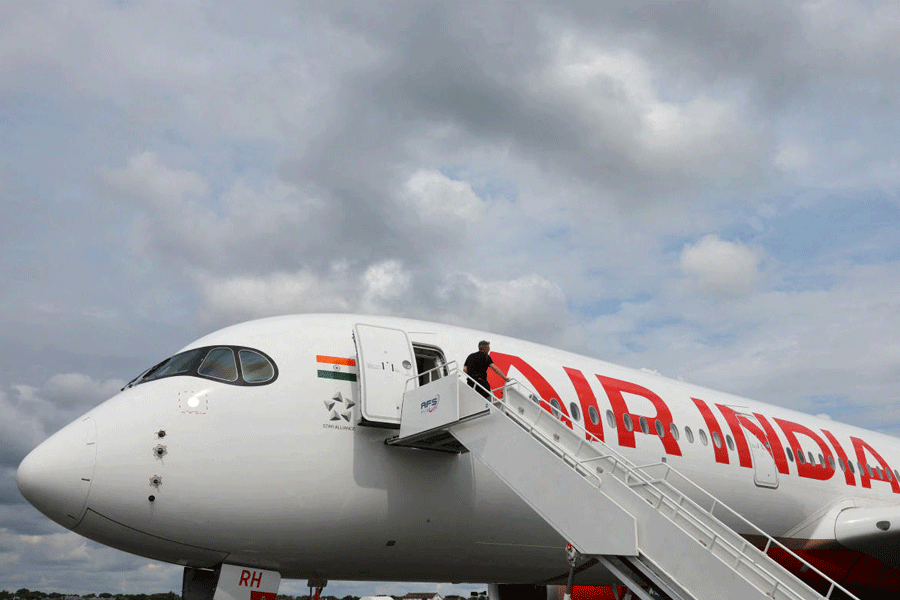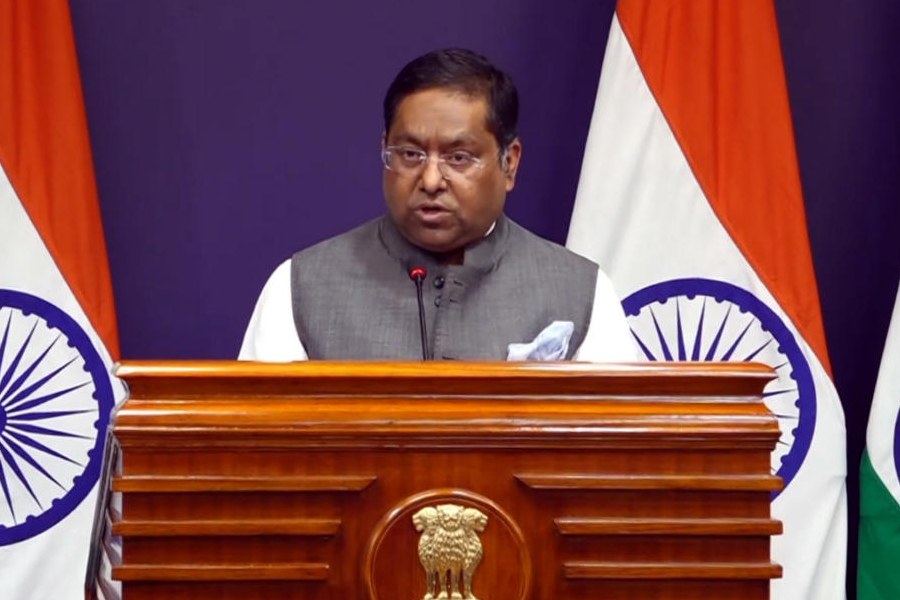 |
The state government has started speaking big on alternative energy after facing innumerable hurdles in setting up thermal plants such as coal linkage, land and a snail’s pace of progress.
The official residence of Bihar chief minister, 1 Aney Marg, is set to be energised by a solar system of 100KVA at a cost of about Rs 4.5 crore. Chief minister (CM) Nitish Kumar has spoken about the immense potentiality of solar energy in the state. A solar pump has been set up at Kalyanbigha, the native village of Nitish. The Central Water Commission has also given a nod to the Dagmara hydel project having a capacity of 132MW and estimated to cost about Rs 400 crore (to be financed by Asian Development Bank). The state now talks about 24 more hydel projects in the state.
“Our thrust will be on alternative forms of energy, including solar and biogas,” principal secretary (energy) Ajay Naik told The Telegraph.
However, installation of solar lamps and biogas plants in Bihar has not been an easy task. Most solar lights installed with MLA development funds are non-functional, while biogas plants installed in the 1980s have long ceased to work. The reason being absence of after-sales service once they malfunction. Naik said there was no policy for after-sales service after installation of alternative energy systems. The government is yet to come up with a policy for taking alternative energy to the grassroots.
“It is about having someone to check the dry battery and see that the wires have not been eaten up by rats and cockroaches. Besides, the solar panels have to be regularly cleaned. One does not need IIT-ians for such a task. One just has to tap the Industrial Training Institutes to create a workforce that will look after the system,” said H. Harish Hande, the Bangalore-based Magsaysay Award winner for 2011 for his pioneering work on solar energy for the poor.
Hande emphasised the need to reach out to masses with alternative energy modules that are economically viable. His Selco Solar Light Private Limited has set up over 1.5 lakh solar lights in rural areas. Entrepreneurship at the grassroots-level has emerged through lending of solar lamps at the rate of Rs 5 per night, which is cheaper and safer than having to light up huts through kerosene oil or candles. “If Bihar can develop a parallel power system through generators, why cannot a parallel system be developed in alternative energy?” Hande asked.
Banks are playing a major role in the success story of alternative energy. “We have been holding camps at villages and sanctioning on-the-spot loans for solar lighting systems without any guarantee from the beneficiaries. The recovery of loans has been more than 85 per cent,” said P.C. Gangadharappa, the regional manager of Pragathi Gramin Bank in Chitradurga district, Karnataka. He added that to promote alternative energy, several branches of the bank have installed solar systems in their offices. “The beneficiaries themselves must see that the system works,” he said.
However, in Bihar, most rural banks are non-functional and complaints against commercial banks of not providing loans continue to pile up in front of deputy CM Sushil Kumar Modi.
States in south India like Karnataka and Kerala provide insight on how alternative energy has reached the masses, especially those belonging to the below poverty line (BPL) category. In Chikballapur district of Karnataka, the Agriculture Development and Training Society has installed over 5,500 biogas plants for BPL families, making cooking easier for women.
The biogas plants have been tagged with sale carbon credit. This has not only made installation free but ensured that a family earns additional Rs 6,000 to Rs 10,000 a year after seven years of installation. Since a register is maintained for the facilities, any fault in a biogas plant is rectified.
It is time that Nitish Kumar took alternative energy to the grassroots.










